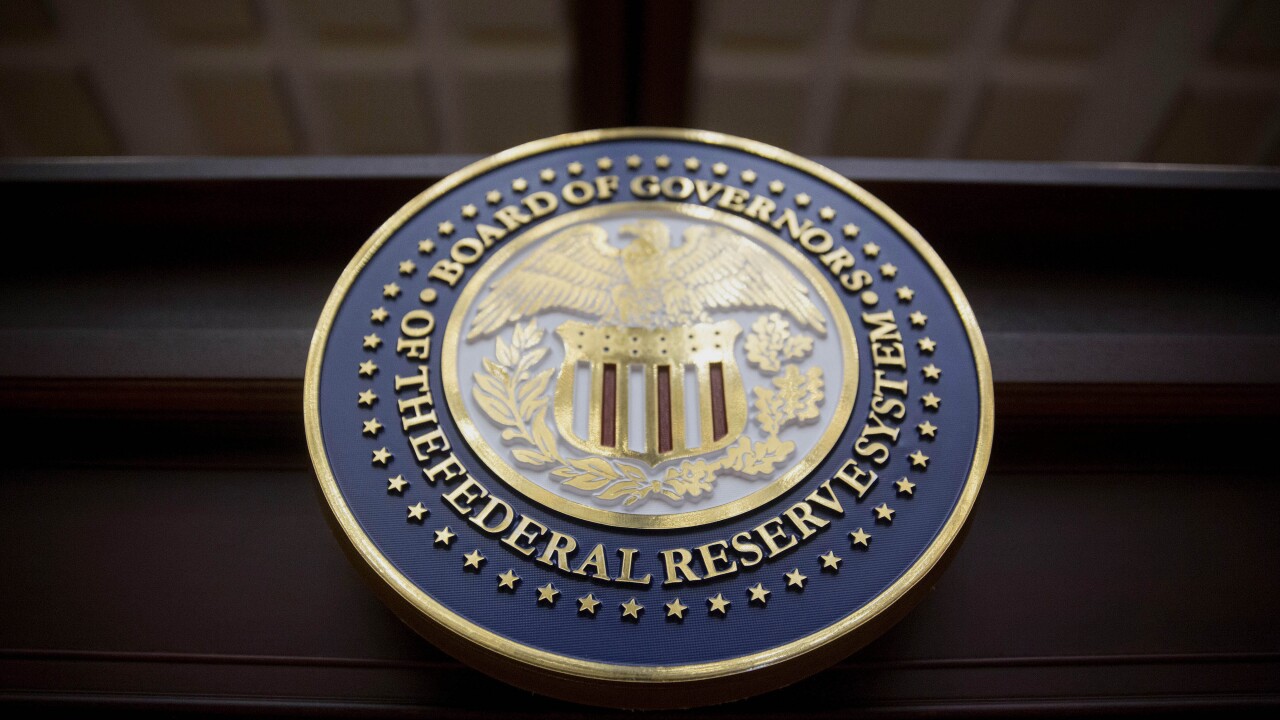Cash has been notoriously stubborn in light of the relentless onslaught of new payment methods, and though it has started a very slow decline, it is perhaps decades away from declaring defeat.
New data from the Link ATM network in the U.K. indicates consumer use of cash in that country fell below the 50% mark for the first time last year. The news falls in line with statistics released a year ago from the
But those particular stats relating to cash payments vs. plastic card or mobile payments noted that even if businesses are cutting back on cash payments, consumers still considered cash a favorite payment method — to the tune of 52% of their transactions in 2014.
The council predicted that consumer number would fall below 50% when 2016 stats were ultimately compiled, but Link ATM says it has happened already.
Still, cash is holding onto a position that many other payment methods consider out of reach.
"By volume, cash represents 50% of all transactions in the U.K., meaning more than all other payment types put together," said Gareth Lodge, a London-based industry analyst with Celent.
The Link forecast does suggest a large drop in volumes of nearly a third for cash use over the course of the past decade, Lodge said. "Yet, it still forecasts more than 11 billion transactions."
Putting those numbers in context, that is more cash payments than the combined total of faster payments, wire, direct debit or direct credit accounts today, Lodge added.
Getting a true read on the staying power or dwindling importance of cash "depends on who you talk to" because the payments industry is so diverse, said industry analyst Russ Schoper of Atlanta, Ga.-based Business Development International Inc.
"Some areas of the world, with the U.K. being one of them, are seeing less cash in circulation," Schoper said. "Here in the U.S. a large portion of our society still wants to carry and use cash."
Younger consumers are using less cash, and some banks are converting to cashless bank branches, Schoper added. "ATM networks are also consolidating or acquiring ISOs to drive other services through an ATM other than just cash withdrawal."
Aite Consulting Group, in its most recent report on cash use in the U.S. filed in 2011, predicted the use of cash would decline in the U.S. by nearly $200 billion by 2015. At the same time, the consulting firm said such a drop "would not signal the beginning of a cashless society" mainly because some age groups will continue to use cash more than others.
If the use of cash were to decline by 17% every five years, then the use of cash in the U.S. still wouldn't fall below $1 billion until nearly 200 years from now, Aite said at that time.
Still, a move away from cash is becoming increasingly apparent in certain business sectors. Quick-service restaurants and coffee shops remain popular venues for consumers to use cash, though mobile payments and plastic cards have an increased presence in this sector. However, some major chains, most notably
But it remains a slow process, one in which cash remains resilient.
A year ago, a similar data report from the
The organization felt a technology shift to more digital and mobile payments over the next five years would result in only a "negligible shift" from cash to mobile.
As much as any other factor, the cost of payments and fear of losing business may drive more cash-driven businesses to move toward mobile or cards, Celent's Lodge said.
"Taxis used to never take cards because of the cost of the transaction," Lodge said. "Now, with Uber, they can’t afford not to. Yet at the same time, there are now more options and more competition, with mobile POS devices for example, that make it much easier to accept cards."
During the last 10 years, cash payment volumes have reduced by 28%, according to the Link data. The ATM network predicts an even steeper drop in the next 10 years, fueled mostly by debit, contactless and mobile payments. Link says a 34% drop in the number of cash payments to 11.3 billion could occur by 2025.





